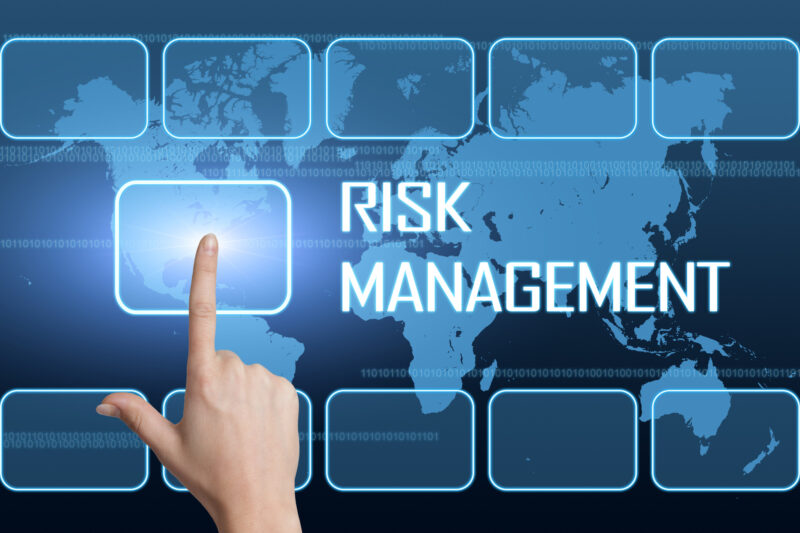5 Risk Management Techniques Your Company Needs to Know
Are you worried about the rising number of risks that could affect your business today? Do you wonder if there are some techniques to help you better manage risk?
More than 20 percent of small businesses fail in their first year. Starting a business can be risky so it’s good to be prepared.
Managing risk is an essential aspect of any successful business. Here are some valuable risk management techniques to help you get started.
1. Use Strategic Planning
Managing business risk includes preparing a strategic plan for potential threats that your company may face in the future. This multi-year process involves identifying, assessing, and making concrete plans that your company can implement if the risk occurs.
2. Identify Potential Risks
Use brainstorming with your team, asking them to bring forward any risks they can imagine for your business. Use business tools to rank them in order of most likely to least likely to happen and select the top five.
Examine all aspects of your business plan, ensuring that you look carefully at your blind spots. Just because you’ve never thought disaster could strike in one area doesn’t mean it won’t. Check out these solutions to broaden your base of ideas.
3. Evaluate Risk Impacts
For each risk factor, identify and measure the impact it will have on your business. Risks that may cause a significant problem for your business will rank higher than a risk that’s an inconvenience.
Examine the probability of the incident occurring. If your business operates in a flood plain, the likelihood of a flood is higher than the probability for a company built on higher land.
Use business tools to assist you in measuring risk probability. This process allows your team to see the total risk exposure of your business.
4. Reduce or Mitigate Risk
Use a step-by-step process to find ways to reduce or remove each risk. Eliminate some risks by changing processes or adding safety measures. Mitigate other risks by taking steps to minimize risk. One example would be moving your operations out of the flood plain.
Plan to share the risk using insurance or work with other businesses to make a plan to support each other through the risk event. Collaboration can reduce many business risks.
Make contingency plans for the risks that remain. Your business and your team will know what steps to take when the event occurs.
5. Review and Update Your Plans
Review your mitigation plans and the results of your risk reduction strategies to ensure that they are working as expected. Make adjustments or add new measures where needed.
Schedule regular reviews of your strategic plan to ensure it includes new risks and your planning is up to date. It’s essential to discuss the plan with your team often. That will prepare them to take the proper steps when something happens.
Try These Risk Management Techniques Today
When you know the benefits of using these risk management techniques, you’ll implement them for your business. Then you will be effective at managing risk.
Did you find this article helpful? If so, be sure to use the simple search feature or check out our Business and Marketing section.


